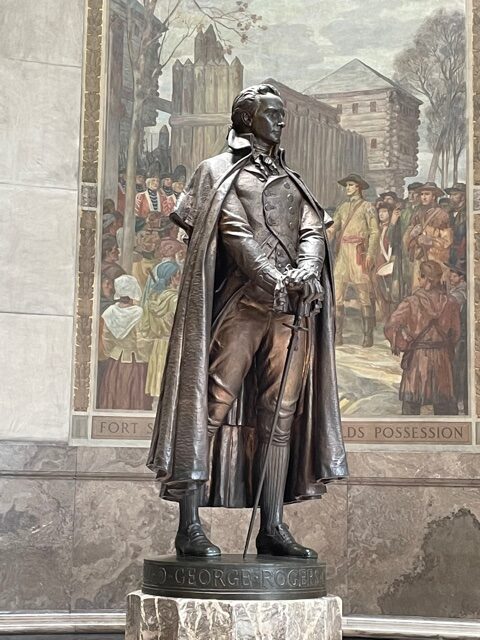
Wow! This is a part of the story of the American Revolution that the two of us knew nothing about. Here at the George Rogers Clark National Historic Site here in Vincennes, Indiana. Here we learned that George Rogers Clark, son of a prominent Virginia family and older brother to William Clark of Lewis & Clark, was a 19 year old surveyor working in the western part of the Virginia colony in 1771. When the American Colonies declared their independence, Britain was seeking alliances with many of the native tribes and arming them for conflict against the Americans. Clark, fearing the loss of the lands west of the Alleghenies for the Americans sought and received the support of Governor Patrick Henry of Virginia to raise a fighting force. With the support of Francis Vigo and many here in the western territory he successfully swayed support among many of the natives to support of the patriots and successfully wrested Fort Sackville at this spot on the Wabash River from the British, which laid the groundwork for the establishment of the State of Indiana as well as all it’s neighboring states.

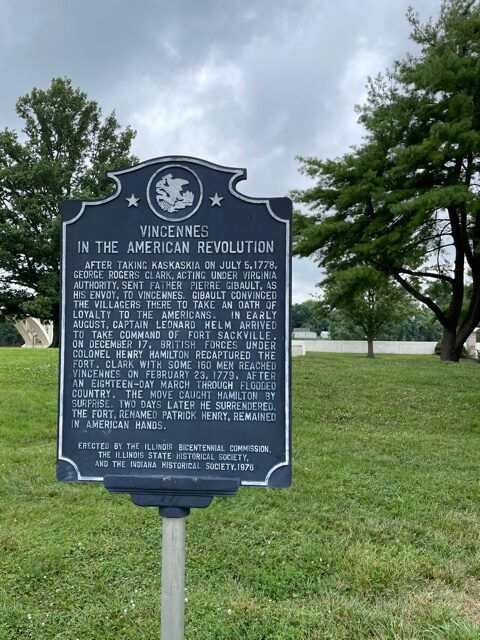
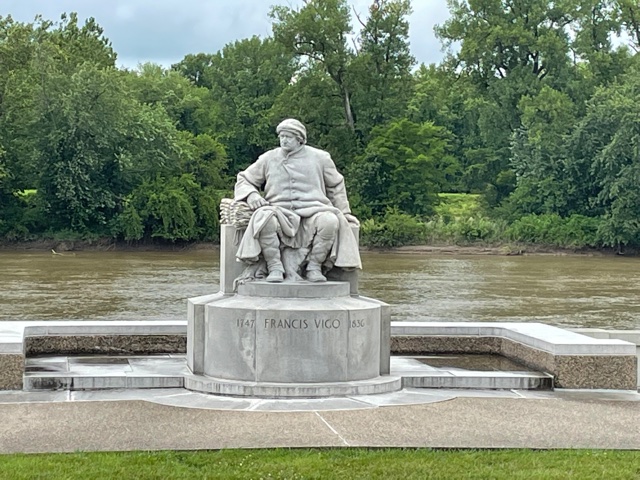
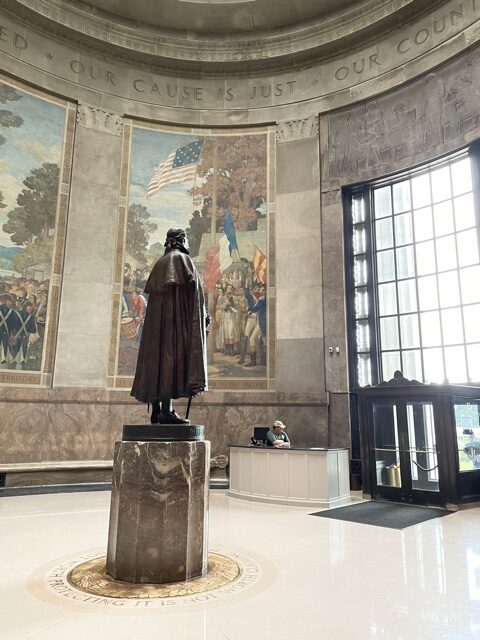
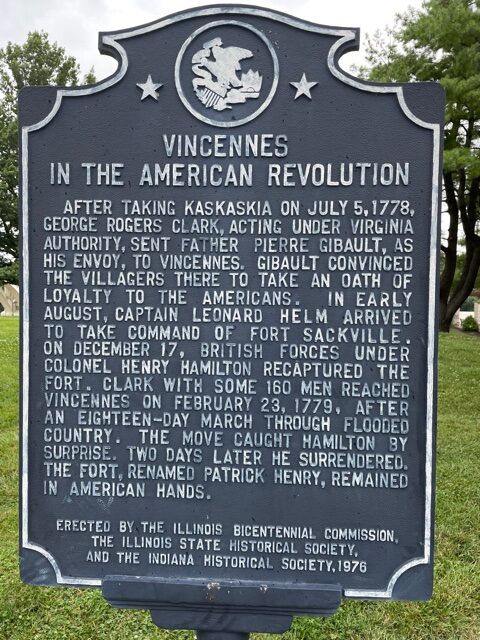
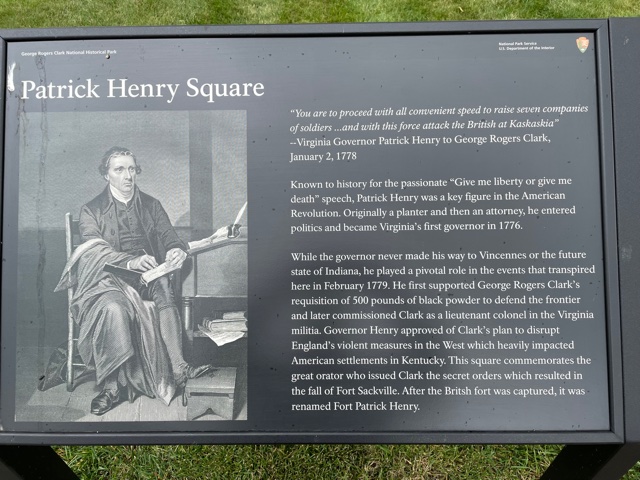
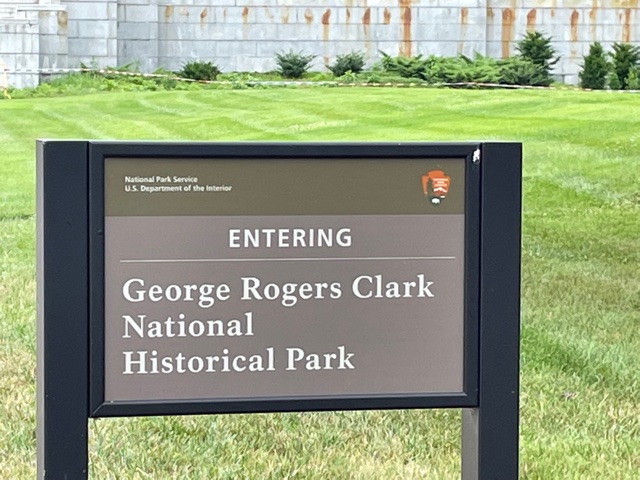
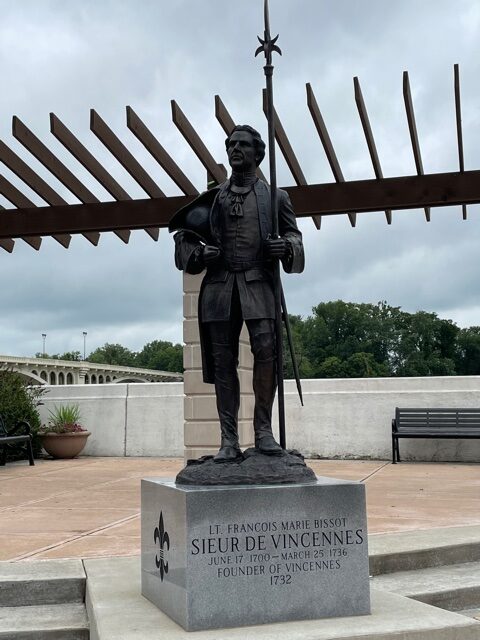
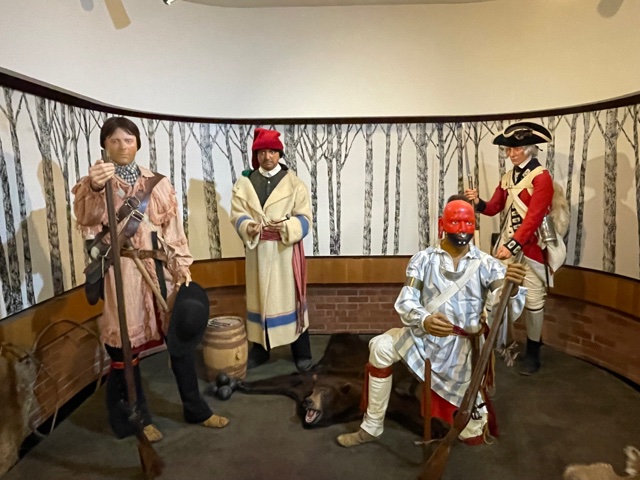








Another great post! Thank you for taking the time to share your journeys with us!
Very interesting, never heard anything about him.